
Remember when everyone thought their old toys or trading cards would pay for retirement? Turns out, not every collectible aged like fine wine. Some treasures that once felt priceless now barely earn a shrug at auctions. The nostalgia is still strong, but the value? Not so much. Let’s take a walk down memory lane and see which once-beloved items have lost their sparkle over time.
Signed Sports Memorabilia
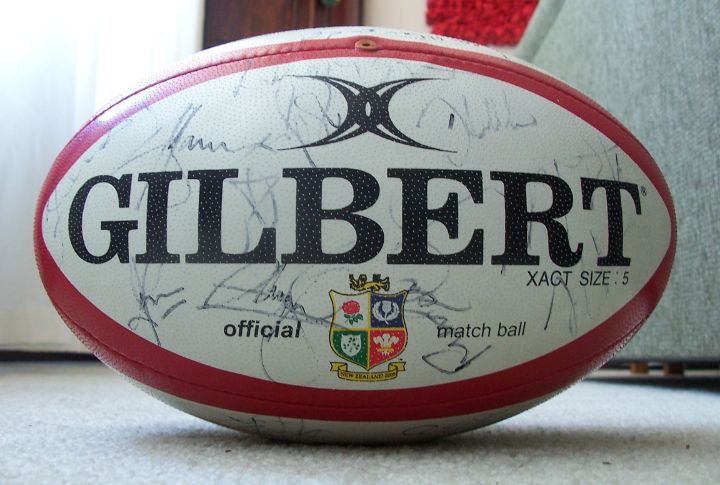
Once a brag-worthy shelf staple, signed jerseys and balls sit untouched today. Oversaturation and forgery worries drained excitement, and even certificates barely help. Estate sales tell the story clearly, where pieces once treated like trophies can slip under $100 while digital collectibles steal the spotlight.
Vinyl Records

Plenty of people dreamed their shelves of classic LPs would pay off someday. Reality feels far less glamorous, since most late-century records exist in huge quantities. Only pristine rarities shine, and the rest often end up refused by thrift shops or turned into quirky clocks.
Model Trains

Collectors built basement rail towns with pride, yet younger generations rarely chase that magic. Manufacturers pumped out sets for decades, filling the market. Many bundles sell for less than retail today, and creative hobbyists sometimes repurpose wheels and tracks into cute home decor.
Stamp Collections
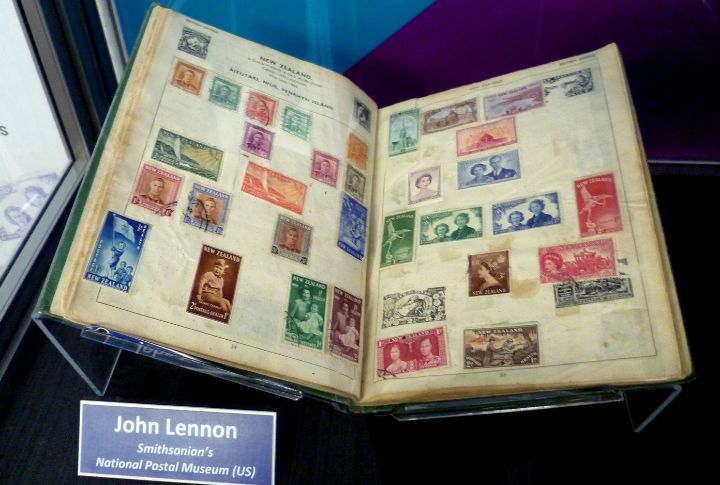
There was a time when stamp albums felt like treasure chests. Modern mail habits shifted everything and left post-1950 stamps with little resale value. Some fans keep the hobby alive through scrapbooking and crafts, though the market itself feels sleepy in the digital era.
Baseball Cards
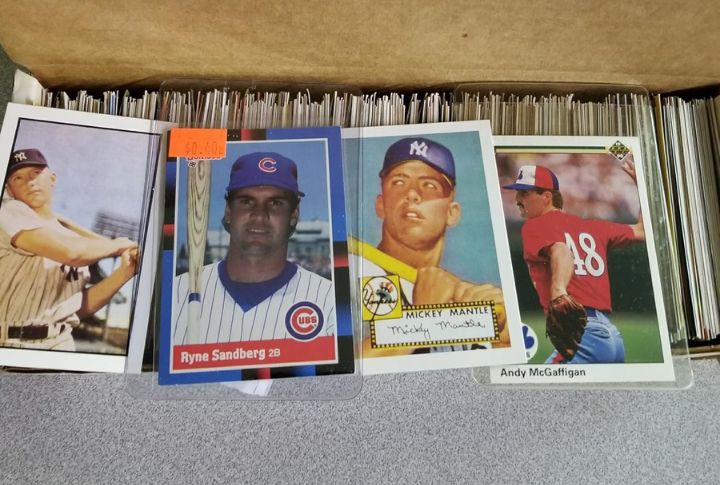
Parents used to hide stacks away, believing future riches waited. Then overproduction hit, and values collapsed. Most cards from the boom years traded for pennies, which led collectors to use them as bookmarks or art scraps, and only rare rookies still inspire excitement.
Porcelain Dolls
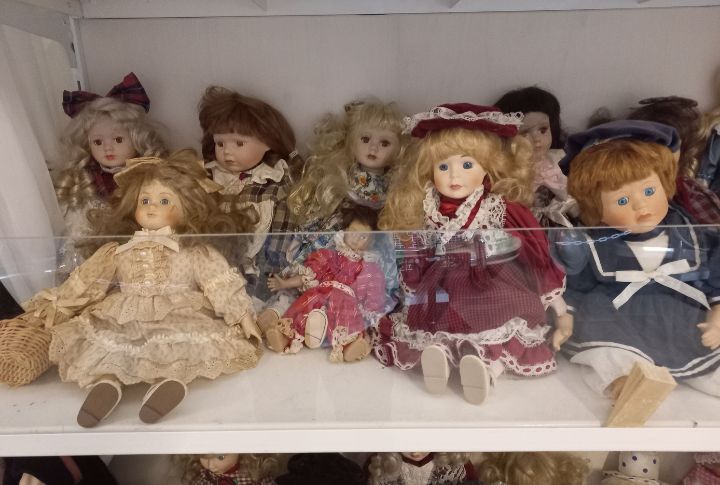
Collectors once displayed delicate dolls behind glass, though tastes changed fast. Shelves cleared, and younger buyers barely glanced. Even limited editions struggle near the $20 mark. Some owners lean into spooky charm to turn frilly dolls into haunting Halloween pieces with a wink.
Vintage Tableware
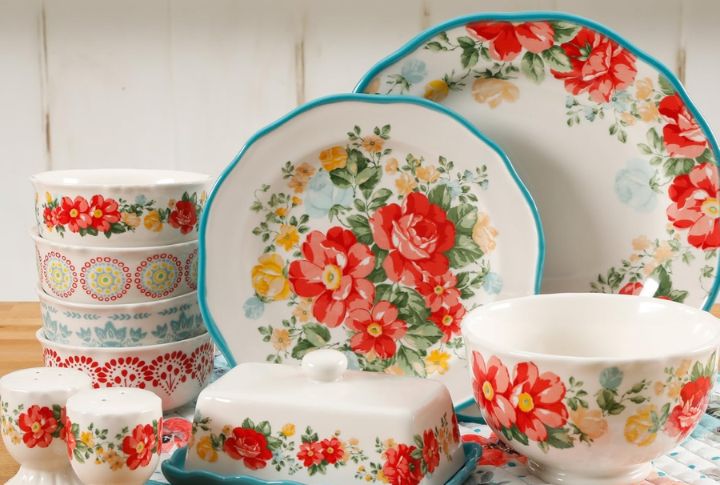
The fancy silver-plated cutlery set that Grandma treasured now sits ignored during estate sales. People lean toward easy, dishwasher-ready dishes instead of polishing rituals. Creative homeowners salvage old forks and spoons for jewelry or garden markers to give elegance a new, playful twist.
Pogs
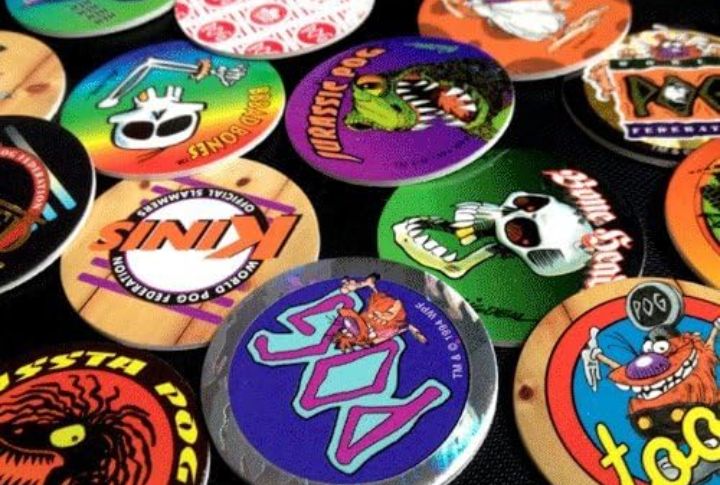
Playground royalty once flipped stacks during recess battles. Today, pogs mostly spark nostalgic laughs, since the craze fizzled quickly and production flooded the market. Schools banned them long ago, and now they find second lives as drink coasters or quirky poker-chip substitutes.
Star Wars Collectibles
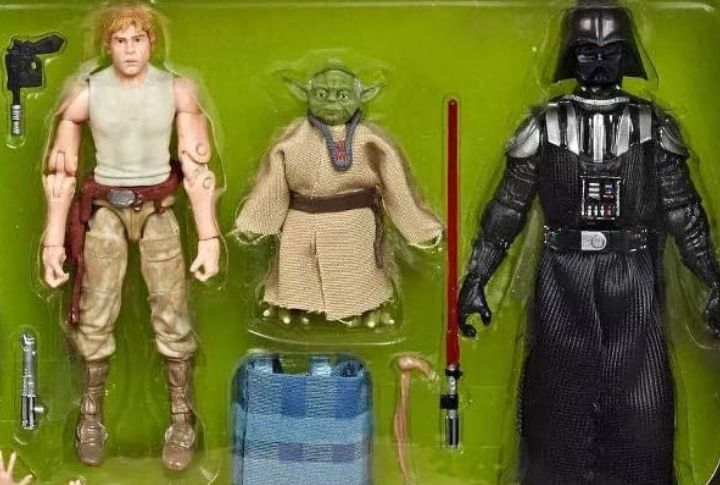
Movie fans grabbed every lightsaber toy and action figure, thinking future value soared. Yet constant merch waves filled closets. Only early, special pieces bring serious money, while many others land in thrift bins or become party favors during themed movie nights.
Barbie Dolls

To serious collectors, quantity killed the magic. Waves of identical Barbies rolled out year after year, and only those kept flawless or unusual still matter. Many leftover dolls now brighten birthday cakes or studio shelves instead of commanding attention at auctions.
Hummel Figurines
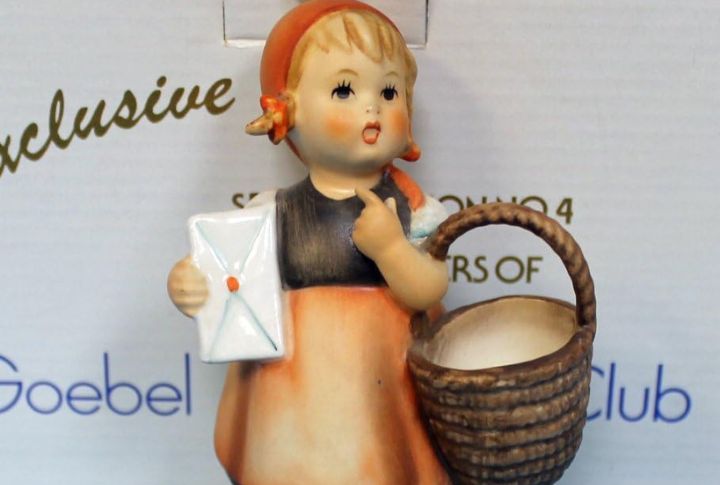
The figurine market tells a familiar story of oversupply. As estates release decades of collectibles, prices slide lower each year. Millennials and Gen Z skip these dainty designs, leaving them to gather dust—or end up as quirky decor in garden corners and thrift shop shelves.
VHS Tapes
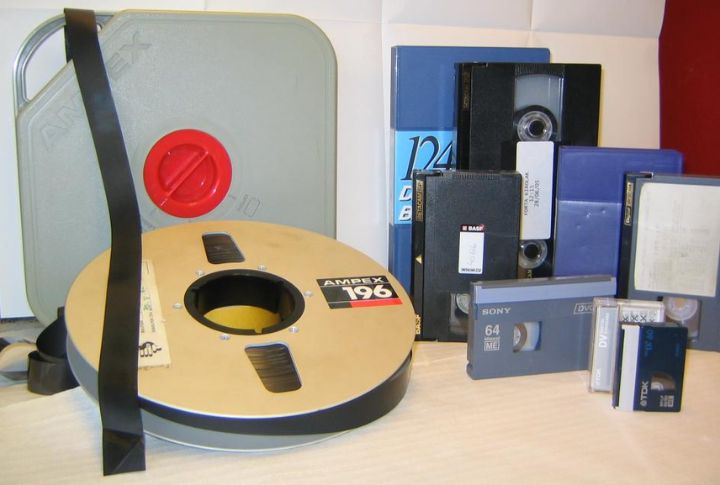
Stacks of bulky tapes once lined entertainment centers, only to fade with streaming. Most find their way into donation piles or recycling, aside from a handful of cult classics that still surprise sellers. Craft lovers use spooled ribbon for retro artwork and displays.
Morgan Silver Dollars
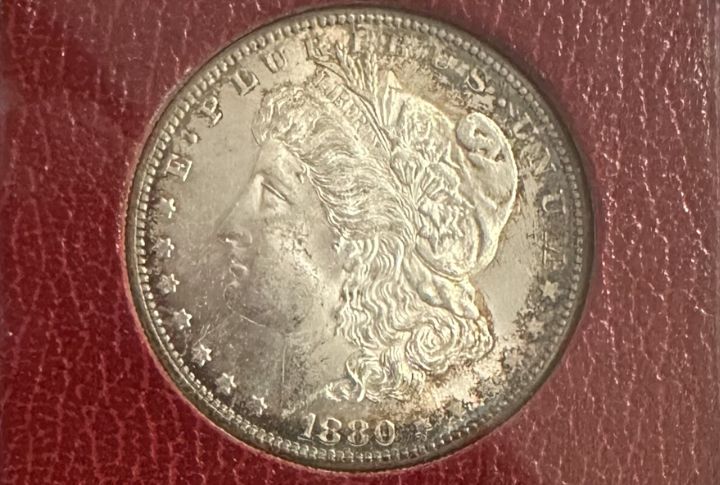
Many collectors hoped these coins would rise forever. Instead, common dates stick close to their melt value while only rare mint marks stand out. Some owners melt them for silver content, although the classic design still appears on modern bullion as a tribute.
Retro Band T-Shirts
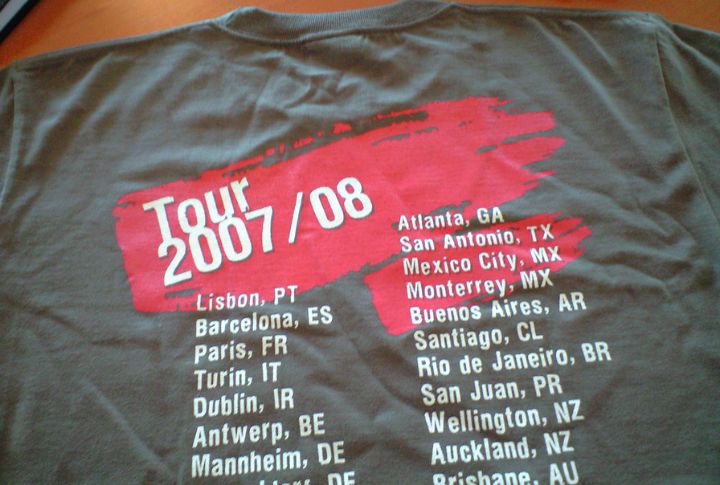
Everyone had a drawer full of tour shirts. Plenty came from mass retail waves, so only truly rare pieces sell well today. Designers turn worn shirts into quilts or totes, and teens grab them for ironic outfits or thrift-store style experiments.
Pandora Charms
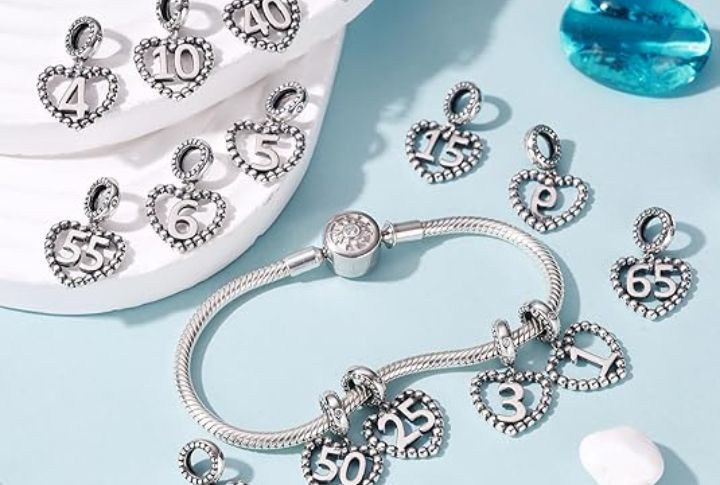
Charm bracelets ruled gift lists until trends shifted. Overproduction and copycat styles softened demand, sending charm prices sliding far below retail. People now turn old charms into keychains and custom jewelry while limited editions quietly blend in without premium status.
Royal Family Souvenirs

Those commemorative mugs and plates once felt like treasures from across the pond. Today, shelves overflow with similar pieces thanks to every royal event sparking new releases. Only very early editions find real buyers, so many end up as quirky kitchen talking points.
Vintage Happy Meal Toys
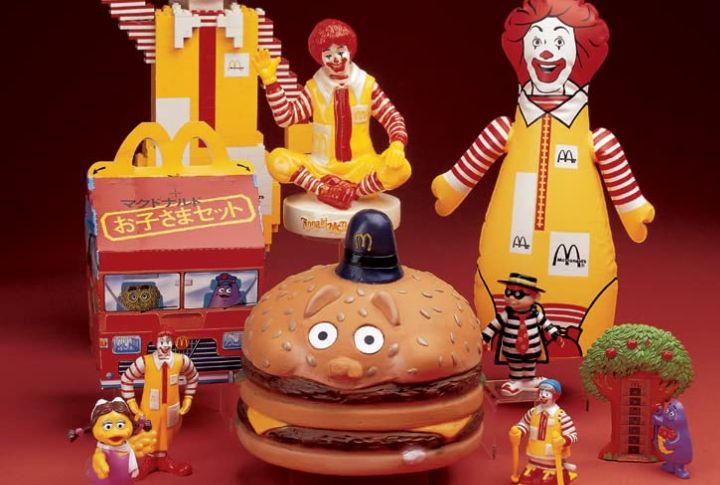
Anyone who saved those tiny fast-food toys expecting payday feels a pinch now. Mass production and decades of releases buried the market. Sealed sets carry some charm, still plenty of figures rest on desks as cute reminders of childhood trips through the drive-thru.
Brown Furniture
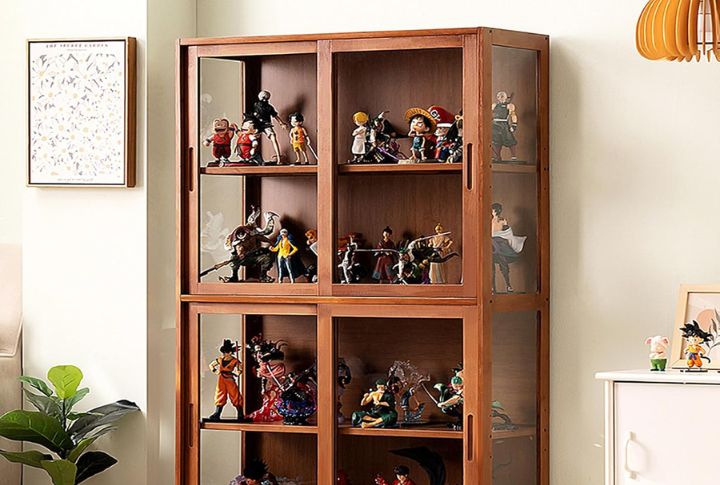
Hefty mahogany dressers and ornate tables symbolized elegance. Buyers today lean toward lighter styles and small-space living, leaving auction prices dipping heavily. Many pieces get refinished with bright paint for modern apartments, and large items often linger unwanted in estate listings.
Beanie Babies

People lined up at toy shops expecting fortunes to grow one plush at a time. When supply shot past demand, values tumbled. Rare errors still spark chatter, yet many end up donated to shelters, where pets happily toss them around like deluxe chew toys.
Vintage Collegiate Merchandise
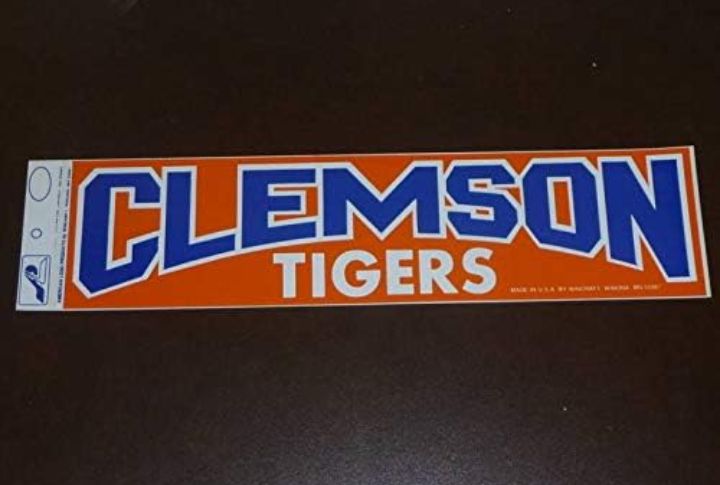
School pride inspired collectors to hoard pennants and class mugs. Yet thrift stores now see piles of them because supply has ballooned. Only older pieces tied to major universities hold interest, and the rest get turned into dorm crafts or nostalgic wall displays.
